That post-workout glow? It often comes with an invisible cost, significant fluid and electrolyte loss. Rehydrating after exercise isn't just about quenching thirst; it's about restoring what your body truly needs to recover, repair, and perform again. Whether you’re wrapping up a quick HIIT session or an intense hour-long run, how you rehydrate can influence everything from energy levels and muscle function to cognitive clarity and overall recovery.
While water is essential, it’s not the whole story. Optimal hydration involves replenishing both fluids and key electrolytes lost through sweat, especially sodium, potassium, calcium, and magnesium. Ignoring this balance can compromise your recovery, reduce performance in your next workout, and increase your risk of dehydration-related symptoms.
In this guide, we break down the science of rehydration and share fast, effective strategies grounded in research that help restore your body’s fluid balance post-exercise. Let’s dive into what really happens when you sweat, how to recognize dehydration, and how to rehydrate smartly for better results.
What Happens to Your Body When You Sweat
Sweating is your body’s natural cooling mechanism, but it comes at a cost. You’re not just losing water—each drop of sweat carries away vital electrolytes, especially sodium, along with potassium, calcium, and magnesium. These minerals are critical for maintaining fluid balance, muscle contractions, and nerve function.
During intense workouts or hot weather, you can lose 1–2 liters of fluid per hour, along with 642 mg to 6.7 g of sodium. (NIH)
This fluid loss reduces blood volume, which increases cardiovascular strain, slows nutrient delivery, and can impair cognitive and physical performance.
Effective rehydration, therefore, isn’t just about quenching thirst—it’s about replenishing both water and electrolytes to restore optimal physiological function.
Signs You Need to Rehydrate
Recognizing dehydration early helps you act before it impacts recovery or performance. While thirst is an obvious sign, it’s a delayed signal, typically appearing after you've already lost 1–2% of your body weight in fluid. (NIH)
Key symptoms to watch for include:
Physical signs: Decreased skin elasticity (when pinched, skin returns slowly to normal), reduced sweat production despite continued exertion, and elevated heart rate disproportionate to exercise intensity all suggest fluid deficit. (NIH)
Performance metrics: Sudden performance declines, premature fatigue, reduced endurance, and diminished strength during workouts often reflect inadequate hydration rather than conditioning issues. (NIH)
Cognitive indicators: Impaired concentration, irritability, and slower reaction times frequently stem from even mild dehydration affecting brain function. (NIH)
Recovery delays: Delayed heart rate recovery, persistent muscle soreness, and prolonged feeling of exhaustion after workouts can indicate suboptimal rehydration. (NIH)
Other telltale signs: dark-colored urine, low urination frequency, dizziness after workouts, and unusual muscle cramps.
Use these markers as a hydration feedback system. Aiming for pale yellow urine is one of the simplest and most effective indicators of adequate hydration.
The Role of Electrolytes in Recovery
Electrolytes act as the body’s internal communication network, powering nerve impulses, fueling muscle contractions, and maintaining fluid balance across cell membranes. Among them, sodium is the primary mineral lost through sweat. It plays a key role in maintaining the balance of fluids between the inside and outside of your cells, ensuring optimal hydration at the cellular level. (BMC Nutrition)
Potassium works alongside sodium to support proper muscle contractions and nerve function, while magnesium contributes to hundreds of biochemical reactions, many of which are directly involved in energy production and muscle recovery. These minerals aren’t just companions to hydration, they make it effective where it matters most: inside your cells.
Post-workout, especially after activities lasting over 60 minutes or performed in hot, sweaty conditions, replacing lost electrolytes becomes critical. Without them, even drinking large amounts of water may leave you feeling depleted, a phenomenon known as hyponatremia in more severe cases. Simply put, true recovery requires more than just water; it requires smart rehydration with the right electrolytes.
Ways to Hydrate Fast After a Workout
If you’re wondering how to hydrate quickly and effectively post-exercise, science supports these strategies:
1. Prioritize Electrolyte Replacement
The most effective rehydration solutions contain sodium, potassium, magnesium, and calcium. These minerals replenish what’s lost in sweat and enable better water absorption. (NIH)
2. Replace 150% of Fluid Lost
Hydration science recommends drinking around 150% of the fluid lost during your workout. (NIH) For example, if you’ve lost 1 liter, aim to drink 1.5 liters over the next few hours. Weighing yourself before and after workouts (dry and undressed) helps calculate fluid loss. Spacing fluid intake in small doses every 15–20 minutes improves comfort and absorption.
3. Incorporate Hydrating Foods
Strategic food choices can substantially contribute to post-workout rehydration. Water-rich fruits and vegetables contain not only high water content but natural electrolytes and antioxidants that support recovery. Watermelon (92% water) with its natural potassium content, cucumber (95% water) with its hydrating minerals, and oranges with their combination of fluid, potassium, and vitamin C make excellent additions to a rehydration strategy.
These foods contribute to overall fluid intake while providing a slower release of water and electrolytes compared to liquids alone, extending the hydration window and supporting more complete rehydration. Including these foods within 30 minutes of completing exercise supports both hydrating after workout goals and initial recovery nutrition.
4. Optimize Timing
The window immediately following exercise represents your body's prime opportunity for efficient rehydration. Research indicates that beginning fluid replacement post-exercise significantly improves absorption rates and overall rehydration effectiveness. (MDPI)
5. Monitor and Adjust
The most sophisticated hydration after exercise strategies incorporate feedback and adjustment. Using urine color as a biomarker (aim for light straw color rather than dark yellow or amber), tracking morning body weight for consistency, and noting subjective measures like energy levels and recovery quality all provide valuable data for refining your personal hydration protocol.
These metrics help you determine whether your current approach sufficiently addresses your individual needs, which may vary based on sweat rate, exercise intensity, environmental conditions, and your body's unique electrolyte loss pattern.
6. Use Targeted Hydration Supplements
When selecting a hydration supplement for post-workout recovery, prioritize zero-sugar formulations that deliver balanced electrolytes without unnecessary additives. Wellbeing Nutrition's Hydrasalt offers an optimal solution available in powder formats. The zero-sugar formula ensures you're replenishing electrolytes without compromising your nutritional goals, while providing a refreshing alternative to artificially sweetened sports drinks.
Hydrasalt's precision-formulated blend of sea minerals and Himalayan pink salt provides the exact electrolyte profile your body needs after intense exercise: sodium, potassium, magnesium, and calcium in balanced proportions for optimal cellular rehydration. Whether you prefer the portable powder tablets that dissolve quickly in water or the grab-and-go liquid option for immediate consumption, both deliver rapid electrolyte replenishment when your body needs it most.
Conclusion
Rehydrating after a workout is more than just grabbing a bottle of water. It’s about replacing fluids and vital electrolytes strategically, timed correctly, and tailored to your personal needs.
By following science-backed strategies like using balanced electrolytes, adjusting fluid volumes, incorporating hydrating foods, and tracking key hydration signals, you turn rehydration into a proactive tool for better performance and recovery.
Whether it’s through food, clean hydration formulas like Hydrasalt, or consistent habits, the most effective strategy is one you can stick to. Make rehydration a non-negotiable part of your fitness routine and feel the difference in your strength, focus, and stamina.
FAQs
1. What is the fastest way to rehydrate after a workout?
The fastest way to rehydrate after a workout is to consume an electrolyte-rich solution like Wellbeing Nutrition’s Hydrasalt, which replenishes sodium, potassium, magnesium, and calcium lost through sweat, while also drinking small amounts of water at regular intervals (every 15–20 minutes) to support better absorption and comfort.
2. How much water should I drink post-exercise?
You should aim to drink approximately 150% of the fluid lost during your workout. This means if you've lost 1 liter through sweat, consuming 1.5 liters gradually over time helps restore fluid balance more effectively.
3. Are natural drinks effective for rehydration?
Yes, natural drinks that contain electrolytes and minimal added sugars can be highly effective. Options like coconut water or electrolyte blends with natural minerals like sea minerals and Himalayan pink salt offer superior rehydration compared to plain water.
4. Can food contribute to my hydration needs?
Absolutely. Hydrating foods such as watermelon, cucumber, and oranges not only offer high water content but also provide electrolytes and antioxidants that support fluid replenishment and recovery.
5. How do I know if I'm properly hydrated?
Proper hydration can be monitored through indicators like light straw-colored urine, steady energy levels, quick heart rate recovery, minimal muscle soreness, and lack of symptoms such as dizziness or fatigue post-workout.


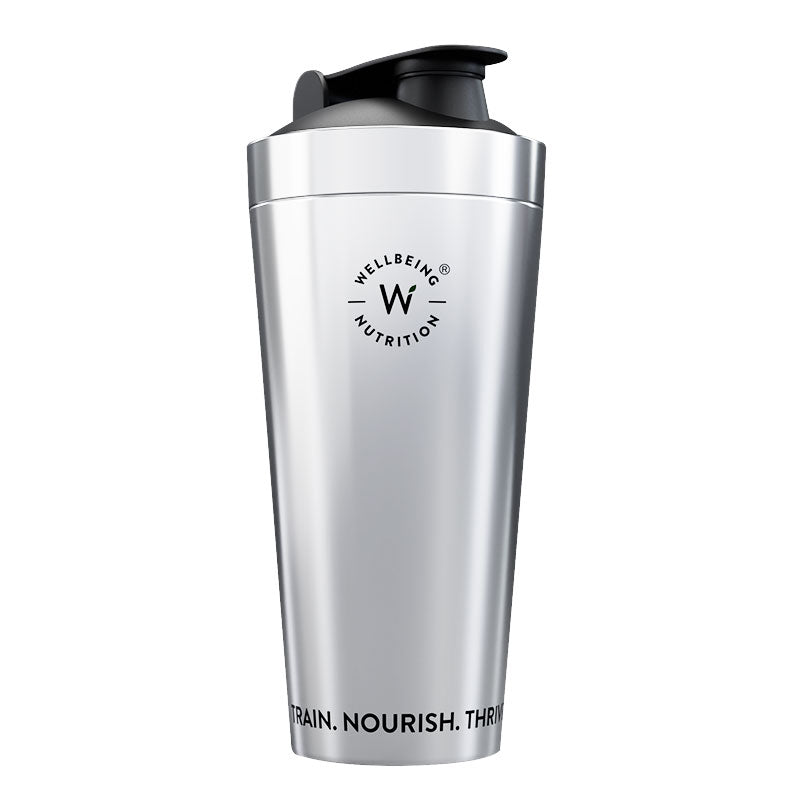




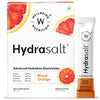
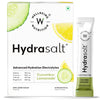






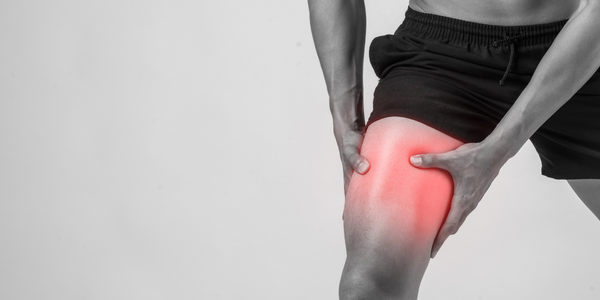
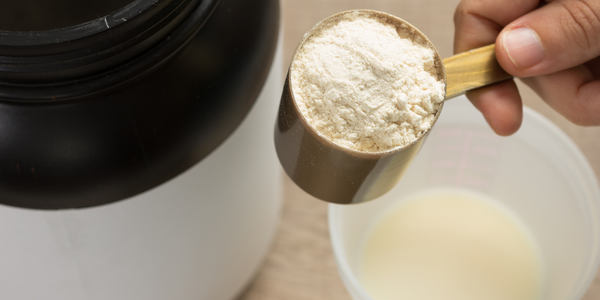
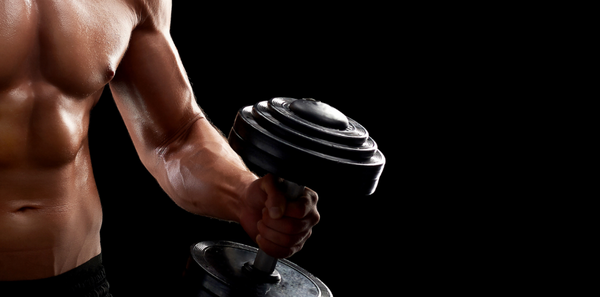
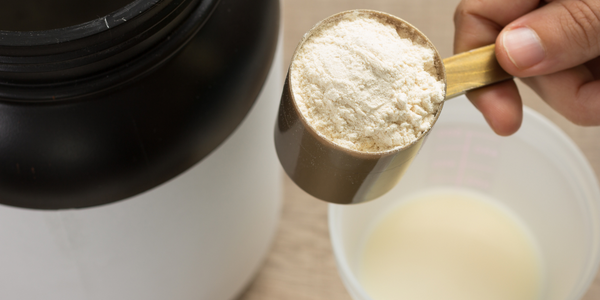
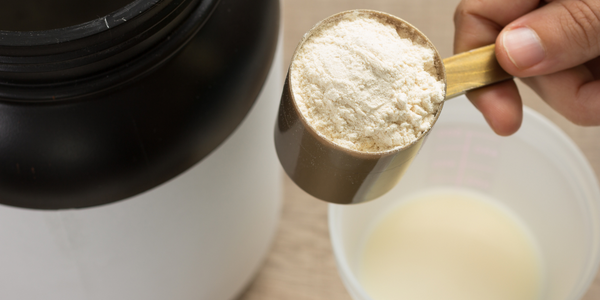
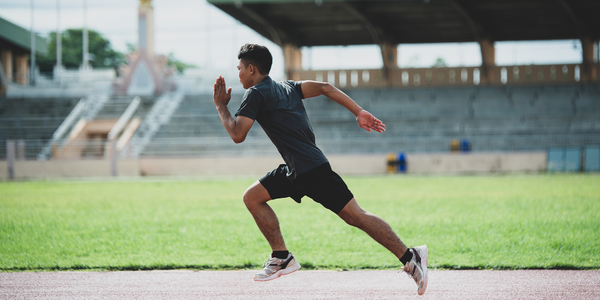
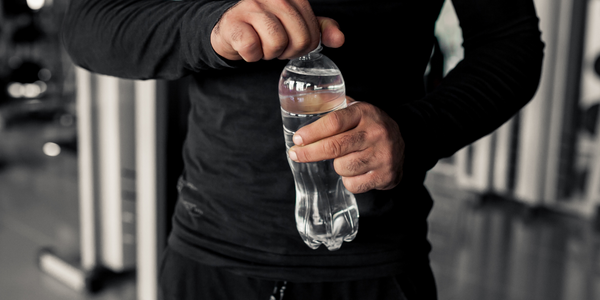
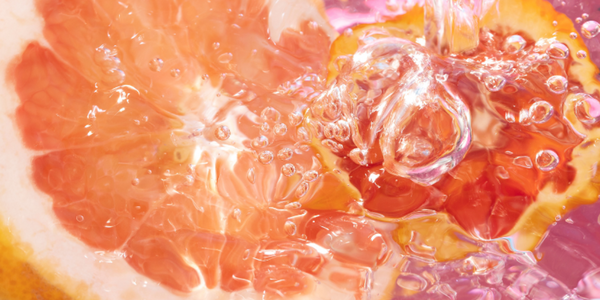
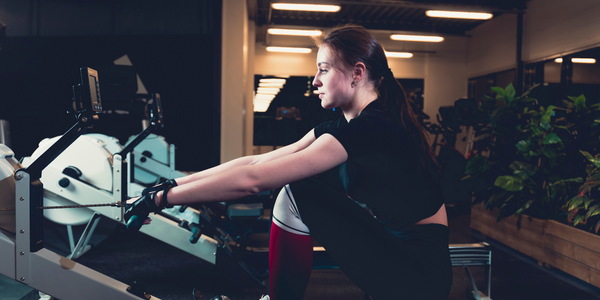






 DOWNLOAD NOW
DOWNLOAD NOW
